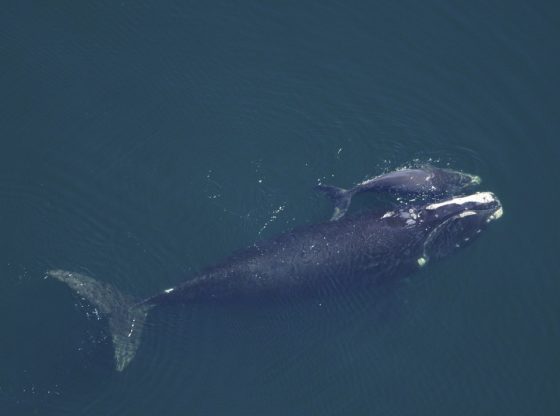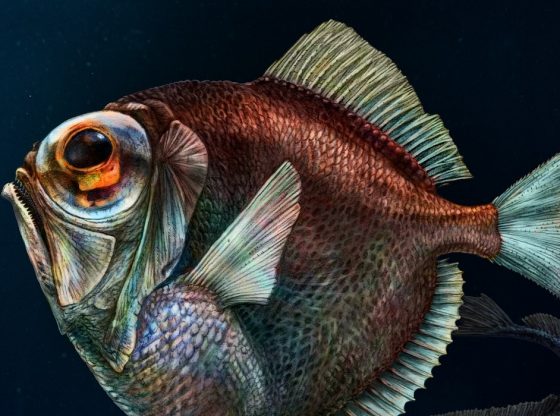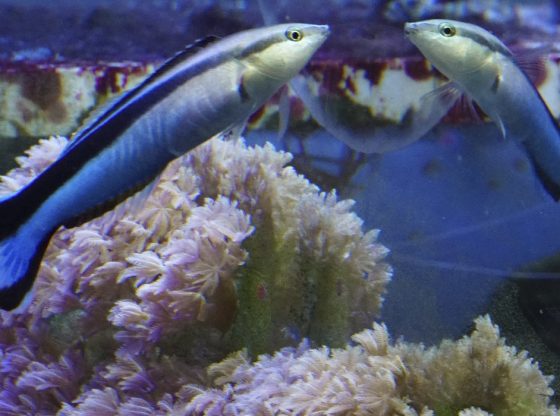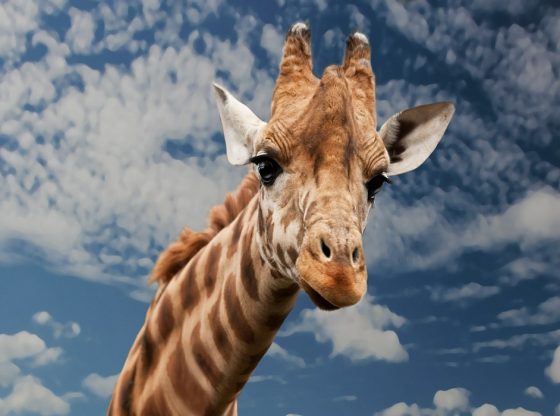A species of so-called tubeworm are among the world’s oldest animals able to reach an age of up to 300 years old, according to an American research group.

This species can be found in the Gulf of Mexico where they dwell on the seabed at places where gases like methane and hydrogen sulfide leak out from the Earths interior.
It is known that other chimney worms are very long lived. In this new study, the American research team collected worms and among other things, measured how fast they grew each year and concluded that the worms can become at least 300 years.
These findings lend support to the hypothesis that a long life span is more common among animals that live in environments with few external threats or enemies.
The oldest known vertebrate was a Galapagos turtle that became 177 years old. The bowhead whale (Balaena mysticetus) is the oldest known mammal with individuals reaching the age of 211 years.
Another extremely long-lived animal is the ocean quahog (Arctica islandica, for which one clam has been measured to be 507 years. Corals are believed to become as much as 4,000 years old.
Reference:
Alanna Durkin et al. Extreme longevity in a deep-sea vestimentiferan tubeworm and its implications for the evolution of life history strategies. The Science of Nature July 17, 2017. DOI: 10.1007 / s00114-017-1479-z











![OpenAI. (2025). ChatGPT [Large language model]. https://chatgpt.com](https://www.illustratedcuriosity.com/files/media/55136/b1b0b614-5b72-486c-901d-ff244549d67a-350x260.webp)
![OpenAI. (2025). ChatGPT [Large language model]. https://chatgpt.com](https://www.illustratedcuriosity.com/files/media/55124/79bc18fa-f616-4951-856f-cc724ad5d497-350x260.webp)
![OpenAI. (2025). ChatGPT [Large language model]. https://chatgpt.com](https://www.illustratedcuriosity.com/files/media/55099/2638a982-b4de-4913-8a1c-1479df352bf3-350x260.webp)








